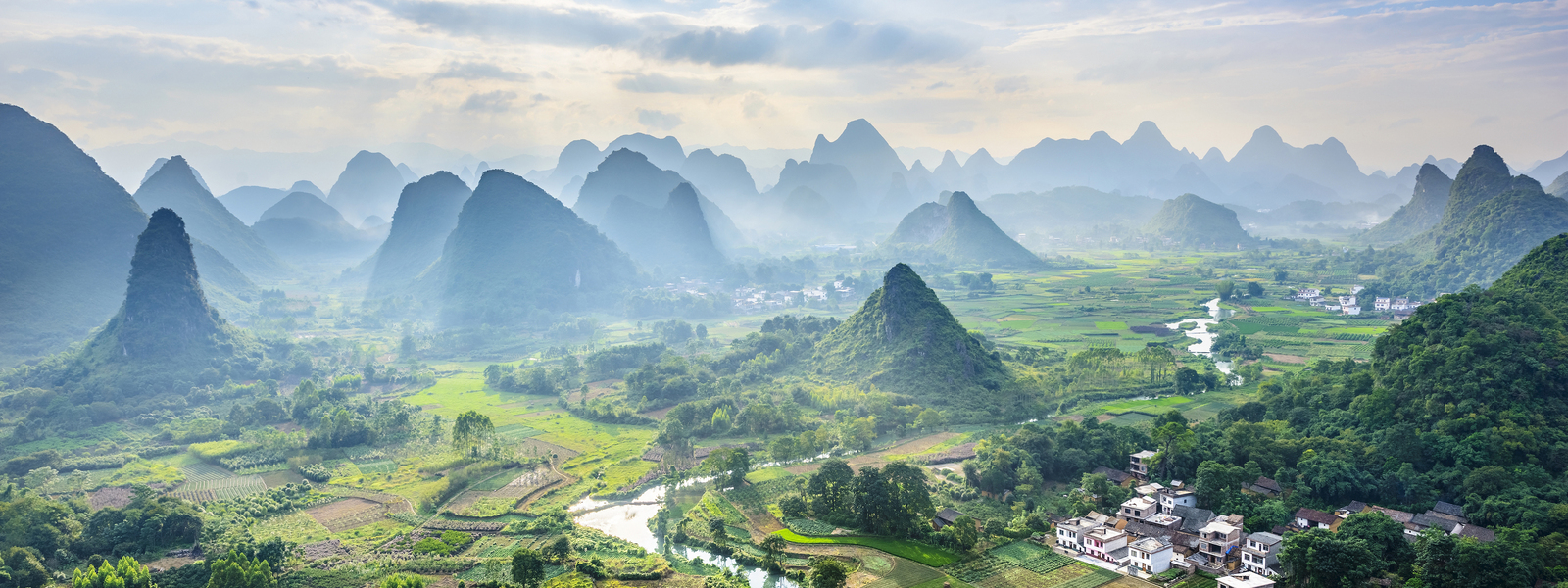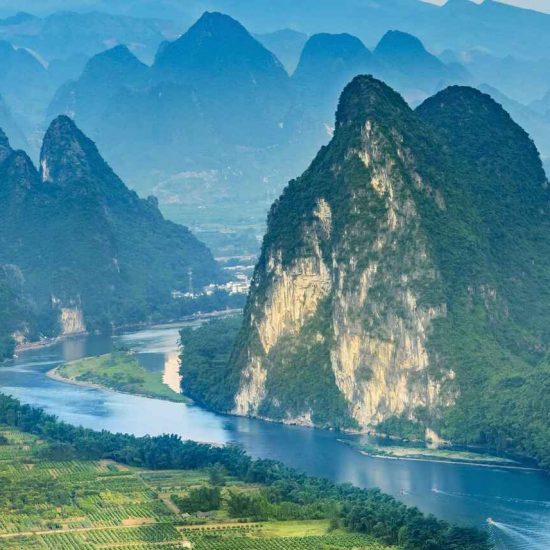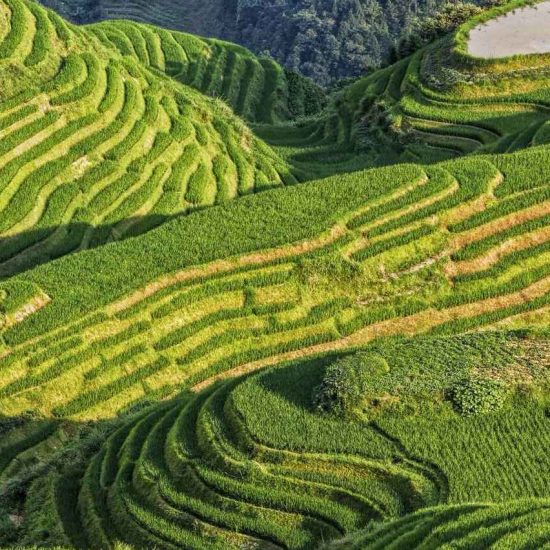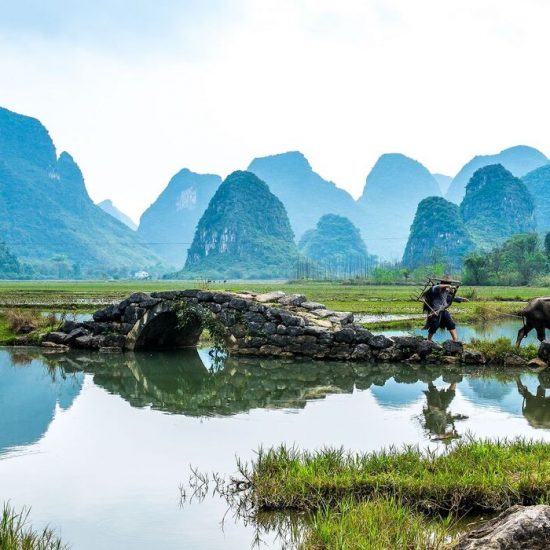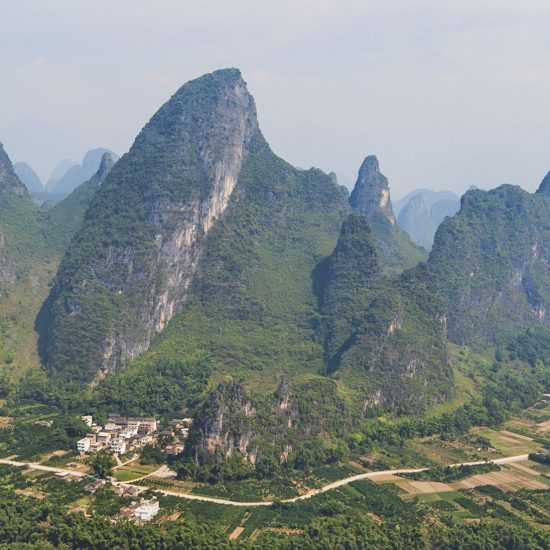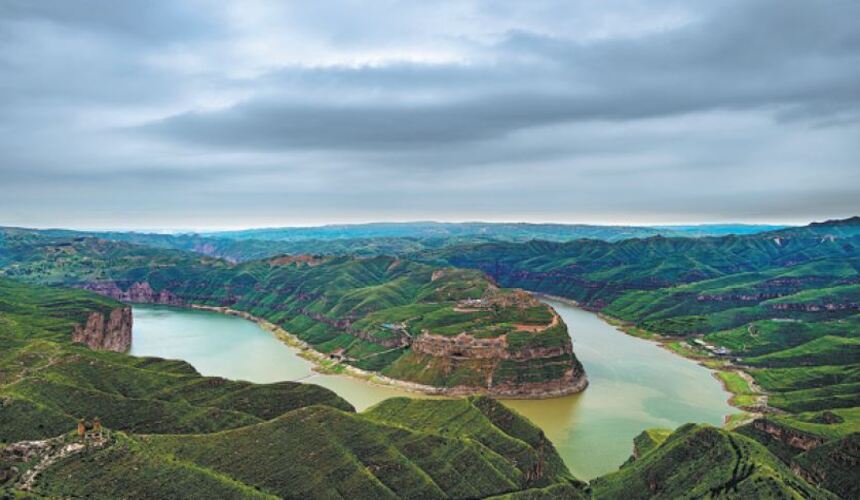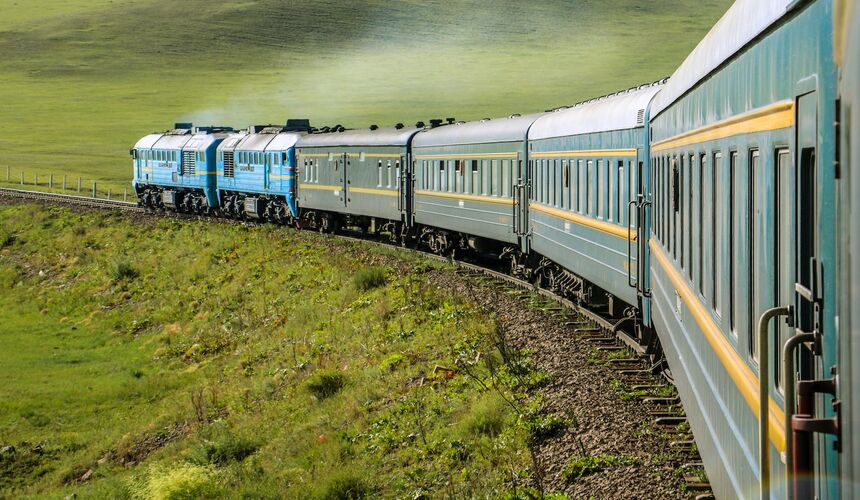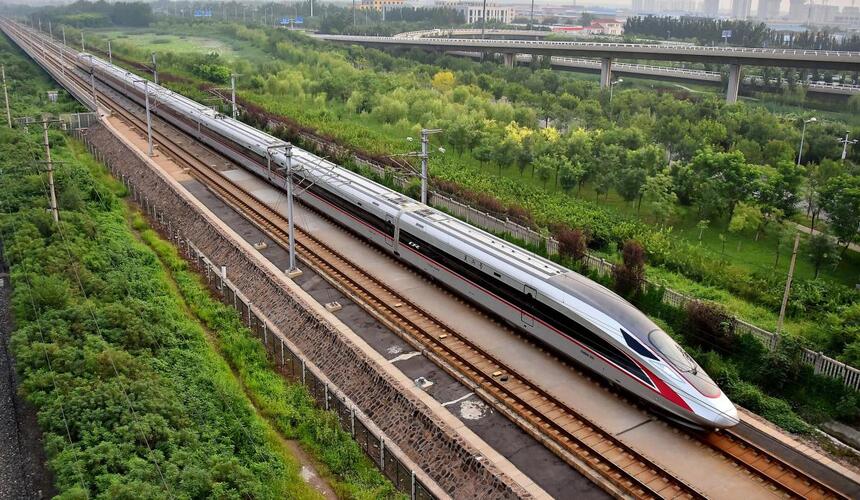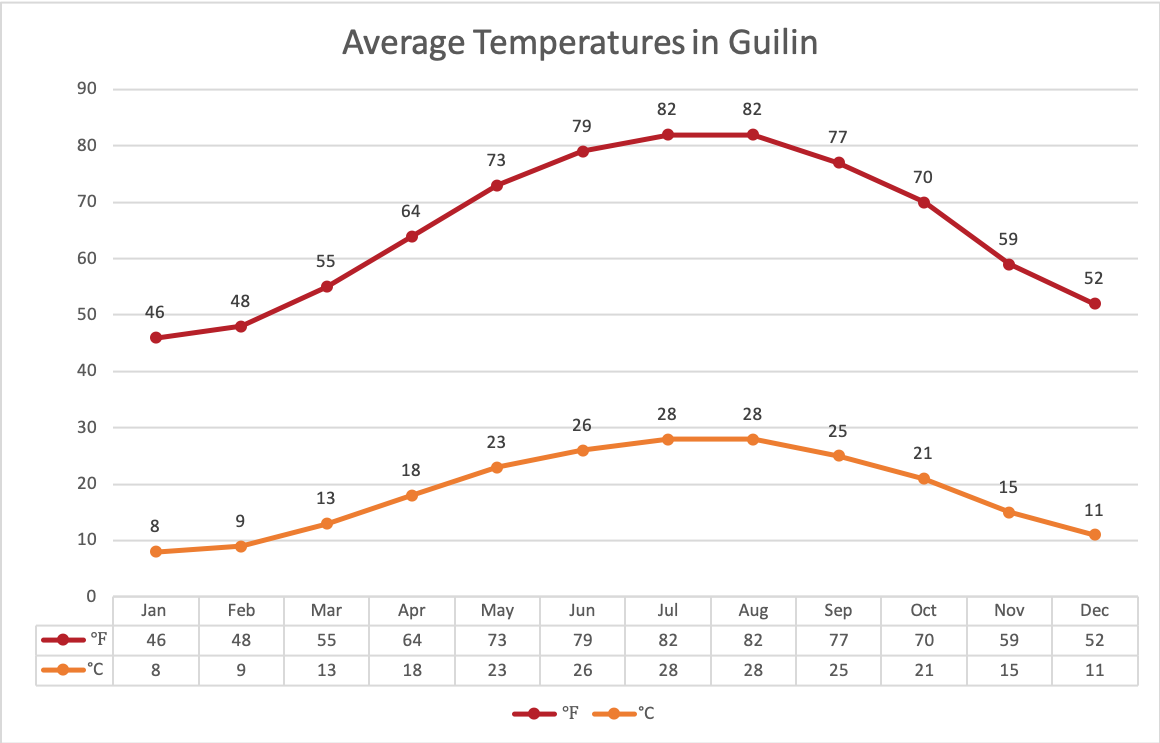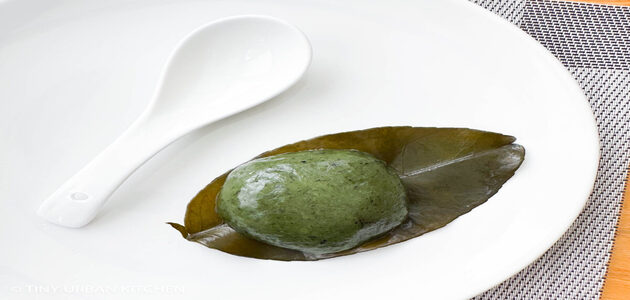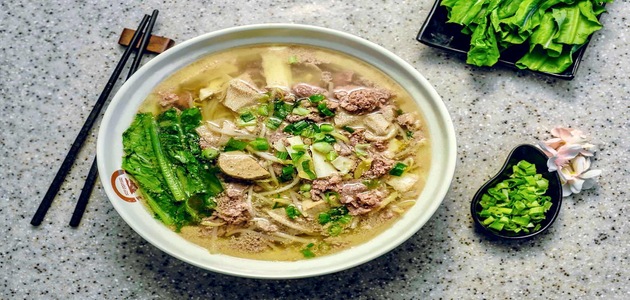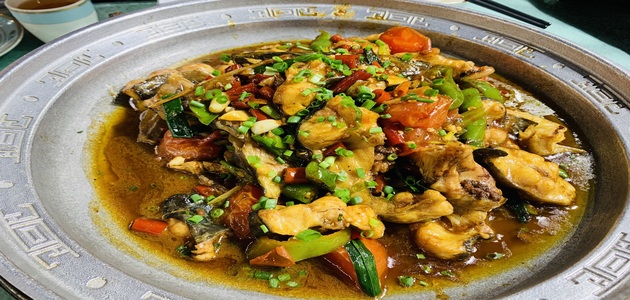The entrance for the misty mountains
A city renowned for its serene charm. Guilin is doubtlessly a “Sweet Osmanthusas” as its literal name suggests. This beautiful landscape is one of China’s most renowned tourist destinations for its authentic hills, mountains and water. Spring and fall are the perfect seasons for those who are looking to get the best out of Guilin, as the fresh plants are fully covered in green and mystical fogs shroud the hills and mountains. The miraculous Li River, Picturesque Reed Flute Cave, Charming Fubo Hills and amazing Wind and Rain Bridge are only few wonderful places compared to other magnificent attractions, you should not miss visiting this year.
The best time to travel to Guilin is from April to October. Guilin features a subtropical monsoon climate. January has the coldest weather in Guilin with an average temperature of 7.9 °C (46 °F). While July is the hottest month with an average temperature of 28.3 °C (82.9 °F). It often rains in the summer, particularly in May and June. In the spring, the typical temperature is about 10°C. During this time, there is a significant temperature difference between the day and night.
It usually rains a lot in Guilin in April, May, June, and July. Over half of the yearly precipitation is around 1900 mm (roughly 1000 mm). Because of the wet and rainy weather during this time of year, mosquito activity is very high. Autumn is with brilliant skies and cool winds. This is the best time of year to visit Guilin, with pleasant weather. Twenty degrees is the average temperature. Guilin experiences arid, chilly, windy winters with occasional drizzles. The temperature rises slightly in February. Even as the sun comes out, the temperature still stays low.

Li River
The Li River, located in Guangxi Province, is one of the most spectacular destinations in China. Roughly 80 kilometers long, the Li River connects the countryside of Yangshuo and downtown Guilin. It is surrounded by thousands of karst mountains. Travelers have the option of taking a bamboo boat or cruise around the river. Additionally, a portion of the mountains and Li River waters are engraved on the reverse side of the RMB 20 paper currency.
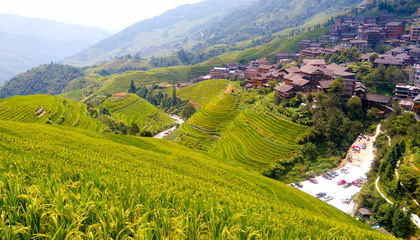
Longji Rice Terraces
Longsheng Longji Terraces deserve their name of “Home of World Terrace Fields” since they originated at least 2,300 years ago. The majority of the terraces were built over 650 years ago by the Zhuang and Yao ethnic minorities, and are still in use today. They stretch from the riverside right to the summit of the mountains, ranging from between 300-metre to 800-metre above sea level. October is a peak month in Longsheng since the rice terraces all turn golden yellow and the crops are waiting to be harvested by farmers, If you do not mind the crowd then take a glimpse of this stunning view because it can only be seen in autumn every year.
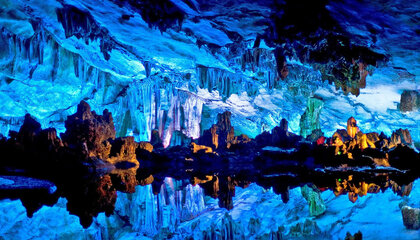
Reed Flute Cave
There are many different types of stalactites and stalagmites in the Reed Flute Cave. These formations are called Crystal Palace, Fish Tail Peak, and Dragon Pagoda based on their appearance and the stories that surround them. Furthermore, the cave's walls include calligraphic inscriptions by visitors dating back to the Tang Dynasty (8th century), which are primarily travelogues and poems. These inscriptions may offer a look into a medieval Chinese kind of graffiti.
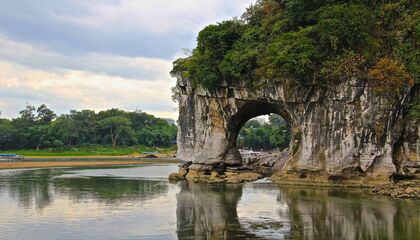
Elephant Trunk Hill
The hill resembles a massive elephant standing by the Li River and suckling water from it with its lengthy trunk. The ``Elephant Moon Water`` show is comprised of a spherical hole spanning around 150 square meters that is piercing over the river, resembling the moon floating on water. It is a symbol of the city of Guilin.
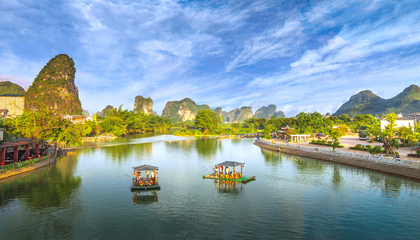
Yulong River
The Yulong River, a significant tributary of the Li River, passes through some of Yangshuo's most exquisite Karst formations. Views of the natural, rural life down the river are available to visitors while they sit in the raft's reclining chair. Another popular activity in this river is swimming. Numerous treks and bike excursions also follow the Yulong River, passing through nearby rice farms and villages.
Guilin is home to many ethnic minorities. Here, various ethnic cuisines and lifestyles have merged to produce a distinctive gastronomic culture. Guilin cuisine is renowned for its natural flavor, simplicity, richness, and creative use of sweetness and sourness. There is a definite rustic flavour to the meals here. The majority of foods made at home are influenced by Hunan cuisine, although Guilin dishes blend the fiery and sour Hunan cuisine with the mild Cantonese cuisine. People typically eat spicy and/or sour meals for every meal.
Must-try: Guilin Rice Noodles, Guilin Eighteen Brews, Sponge Cake, Glutinous Rice Cake, Guilin Snails, Steamed Pork with Rice Flour in Lotus Leaf, Yangshuo Beer Fish.
Air
The distance between the Guilin Liangjiang International Airport (KWL) and the city centre is approximately 28 kilometres (17.4 miles). The city is connected to other foreign and domestic destinations like Japan, Korea, Malaysia, Singapore, Thailand, and so on by about 50 airlines.
Train
The two primary railway passenger transit stations in the city are the Guilin Railway Station (South Station) and the North Railway Station. It is easier to get to the South Station than the North Station because it is situated south of the city center. Located in the city’s northern suburbs, the North Railway Station offers less convenient connections to the city centre. If the train you travel stops at both stations, it is best to disembark at the South Station, where there is convenient access to nearby transit and trains that link to China’s main cities.


